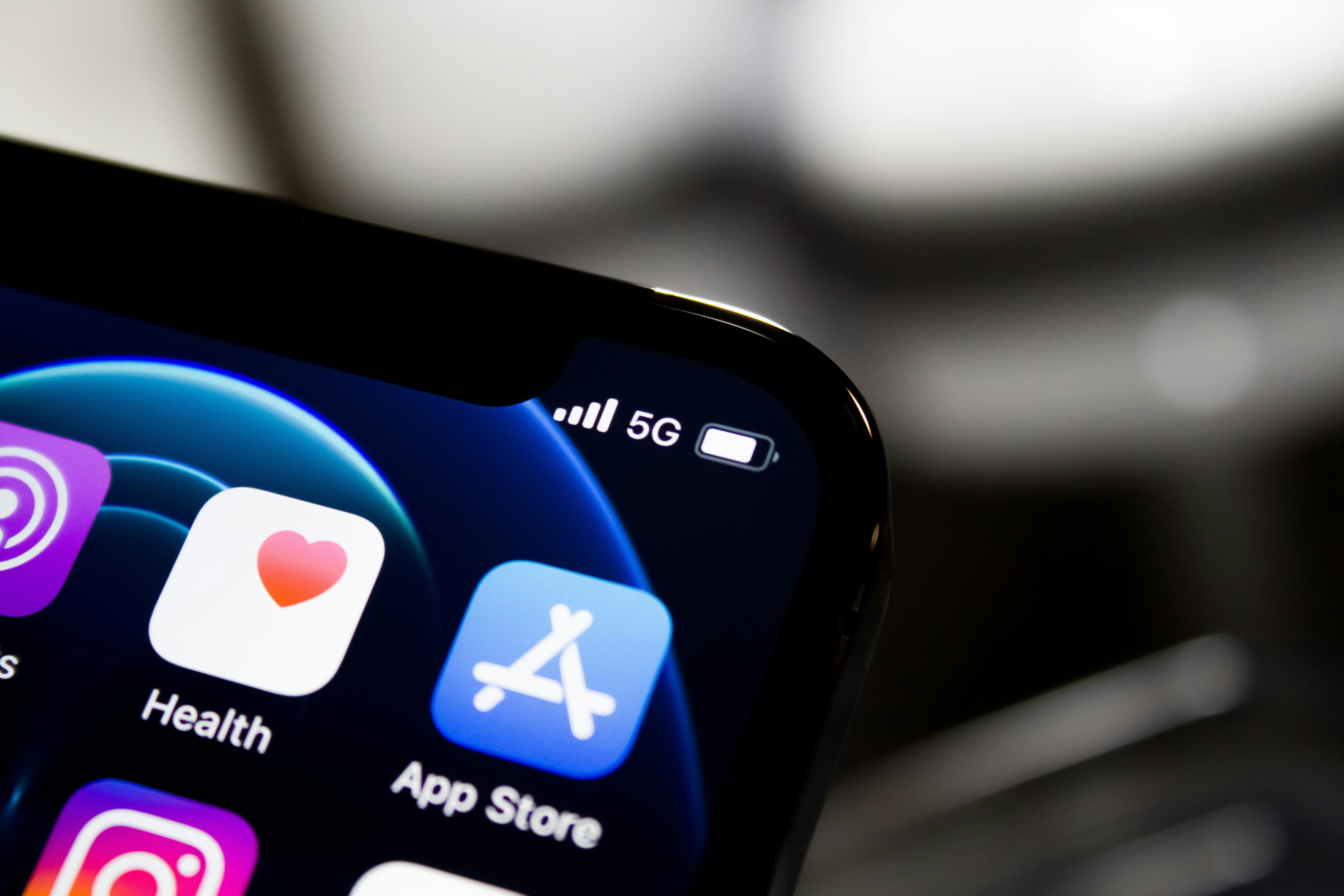The Prolific Emergence of Telecommunication Drones: A New Era of Connectivity
The advent of technology has transformed the world, making it increasingly interconnected. One such innovation, making waves in the telecom industry, is the use of drones for connectivity purposes. Not just a tool for photographers and hobbyists, drones are emerging as a powerful tool in the telecommunications sphere.

Drones, officially known as unmanned aerial vehicles (UAVs), are remotely controlled aircrafts. While their application in photography and videography is widely known, their potential in the telecom industry is only beginning to be unearthed. The concept of drone-assisted telecom connectivity is relatively new, but its potential to reshape the telecom landscape is immense.
The Genesis of Drone-Assisted Telecom Connectivity
The use of drones in telecommunications can be traced back to the aftermath of natural disasters. In events like hurricanes or earthquakes, terrestrial telecom infrastructure often suffers severe damage, leading to communication blackouts. During such crises, telecom companies started deploying drones fitted with transmitters and receivers to restore connectivity. This was the genesis of drone-assisted telecom connectivity.
The first notable use of UAVs for emergency connectivity was in 2005, during the aftermath of Hurricane Katrina. Since then, the technology has evolved significantly, with drones now capable of providing high-speed internet connectivity in remote areas and during large public events.
Current Industry Trends and Regulatory Changes
The drone-assisted connectivity market is growing rapidly, thanks to advancements in drone technology and telecom infrastructure. According to a study by MarketsandMarkets, the drone service market size is anticipated to grow from USD 4.4 billion in 2018 to USD 63.6 billion by 2025, at a CAGR of 55.9% during the forecast period.
In terms of regulation, authorities worldwide are working to create a conducive environment for drones in telecom. The Federal Aviation Administration (FAA) in the US has eased restrictions on commercial drone usage, while the European Union Aviation Safety Agency (EASA) has introduced a new regulatory framework for drones.
Impact, Challenges, and Practical Applications
Drone-assisted connectivity has the potential to bring internet access to remote and underserved areas. It can also provide temporary connectivity during large events or in disaster-struck regions. However, this technology faces challenges like short battery life, regulatory constraints, and safety concerns.
These issues notwithstanding, telecom drones have seen practical implementation. For instance, AT&T’s Flying COW (Cell on Wings) drone was deployed to restore connectivity in Puerto Rico after Hurricane Maria in 2017. Similarly, Google’s parent company, Alphabet, used its Project Loon balloons alongside telecom drones to provide internet access in remote parts of Kenya.
A Dynamic Telecommunication Future
With drone technology evolving rapidly and the telecom industry recognizing its potential, the future of drone-assisted connectivity looks promising. As the technology matures and regulatory challenges are addressed, drones could become an integral part of the telecom infrastructure, ushering in a new era of connectivity.
In conclusion, while drone-assisted telecom connectivity is still in its infancy, it represents a dynamic and innovative solution to connectivity challenges. As we look to the future, it’s clear that drones have the potential to significantly contribute to the telecom industry, pushing the boundaries of what’s possible in terms of connectivity.




